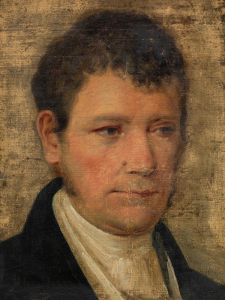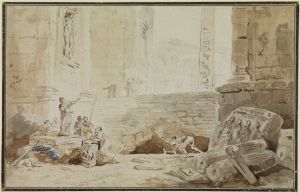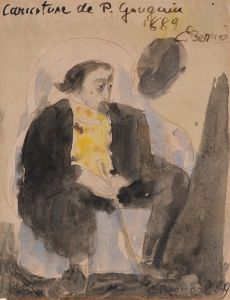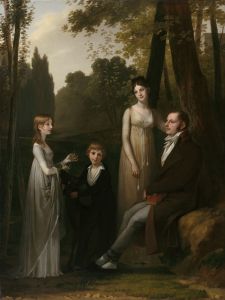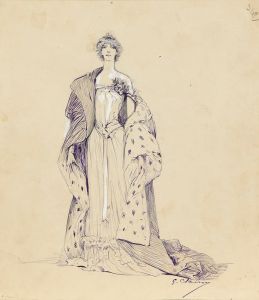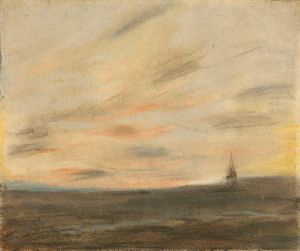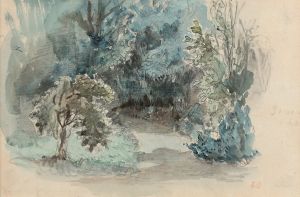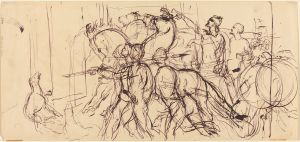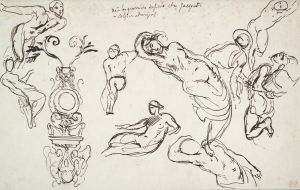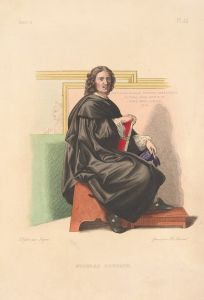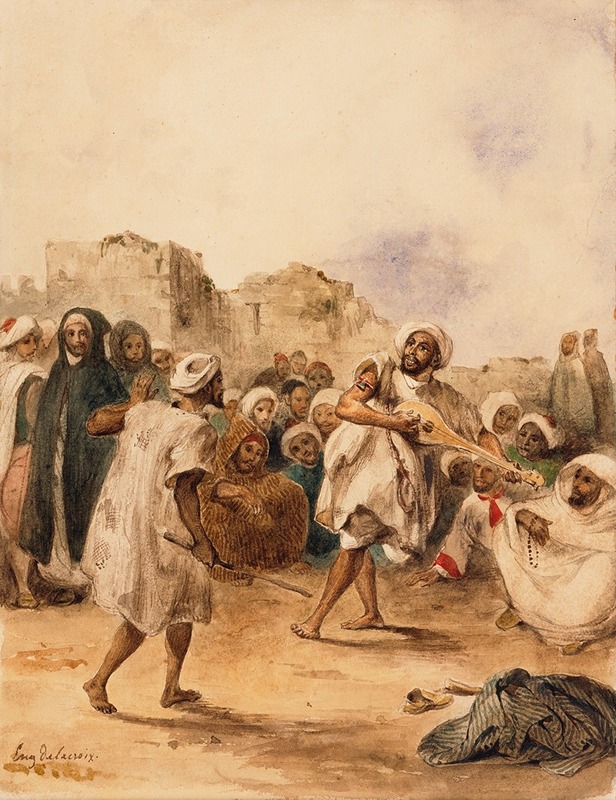
Strolling Players
A hand-painted replica of Eugène Delacroix’s masterpiece Strolling Players, meticulously crafted by professional artists to capture the true essence of the original. Each piece is created with museum-quality canvas and rare mineral pigments, carefully painted by experienced artists with delicate brushstrokes and rich, layered colors to perfectly recreate the texture of the original artwork. Unlike machine-printed reproductions, this hand-painted version brings the painting to life, infused with the artist’s emotions and skill in every stroke. Whether for personal collection or home decoration, it instantly elevates the artistic atmosphere of any space.
Eugène Delacroix, a leading figure of the French Romantic movement, is renowned for his vibrant use of color and expressive brushwork. Among his many works, "Strolling Players" is a notable painting that reflects his fascination with theatrical subjects and his ability to capture dynamic movement and emotion.
"Strolling Players" was created during a period when Delacroix was deeply engaged with themes of drama and performance. The painting depicts a group of itinerant actors, known as strolling players, who traveled from town to town performing plays. This subject matter was popular in the 19th century, as it evoked a sense of nostalgia for a simpler, more rustic form of entertainment that contrasted with the increasingly industrialized society of the time.
Delacroix's interest in theatrical subjects can be traced back to his admiration for the works of Shakespeare and other playwrights, whose dramatic narratives and complex characters provided rich material for his art. In "Strolling Players," Delacroix captures the essence of these performers' lives, highlighting both the joy and hardship of their itinerant lifestyle.
The composition of the painting is dynamic, with figures arranged in a way that suggests movement and interaction. Delacroix's use of color is particularly striking; he employs a rich palette to convey the vibrancy and energy of the scene. The brushwork is loose and expressive, a hallmark of Delacroix's style, which allows him to convey emotion and atmosphere effectively.
The painting also reflects Delacroix's interest in capturing the human condition. The expressions and postures of the figures suggest a range of emotions, from the exuberance of performance to the fatigue of travel. This focus on human emotion and experience is a key characteristic of Romantic art, which sought to evoke an emotional response from the viewer.
Delacroix's work was influential in the development of later art movements, particularly Impressionism and Post-Impressionism. His innovative use of color and expressive technique inspired artists such as Vincent van Gogh and Paul Cézanne, who admired his ability to convey emotion through color and form.
"Strolling Players" is a testament to Delacroix's skill as a painter and his ability to capture the spirit of his subjects. It remains an important work in the study of 19th-century art, illustrating the Romantic fascination with drama, emotion, and the human experience. The painting is housed in a private collection, making it less accessible to the public, but it continues to be studied and admired by art historians and enthusiasts for its artistic and historical significance.
In summary, "Strolling Players" by Eugène Delacroix is a vibrant and dynamic painting that encapsulates the Romantic era's fascination with theatrical subjects and the human condition. Through his masterful use of color and expressive brushwork, Delacroix brings to life the world of itinerant performers, capturing both their joy and their struggles.





